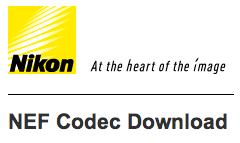
Nikon released NEF Codec version 1.27.0 and Distortion Control Data version 2.009.
What’s new in Nikon NEF Codec version 1.27.0:

Nikon released NEF Codec version 1.27.0 and Distortion Control Data version 2.009.
What’s new in Nikon NEF Codec version 1.27.0:

Update: pictures of the Nikon truck can be found here and here.
Nikon and Joe McNally converted a truck into a fully functional photo studio and will offer newlywed couples free portraits outside of the NYC Marriage Bureau on June 4 and June 5, 2015. Additional information can be found on Joe McNally’s blog. Here is the full press release:


Adorama currently has refurbished Nikon D4 cameras for $2,995.95 with free shipping (lowest price so far). This deal is available on their website and on their eBay store. Only 3 units were left at the time of this post. The cameras are refurbished by Nikon USA and come with 90 days USA warranty.

Nikon released new versions of Capture NX-D, ViewNX-i and Picture Control Utility 2 – all three products now support the D810A camera. Here are the download links:
| Products | Version |
|---|---|
| Capture NX-D | Ver.1.2.1 |
| ViewNX-i | Ver.1.0.1 |
| Picture Control Utility 2 | Ver.2.1.1 |
Change log:
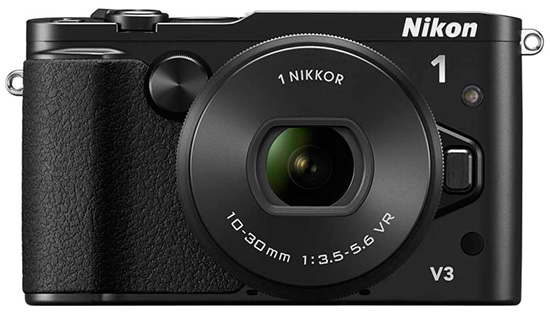
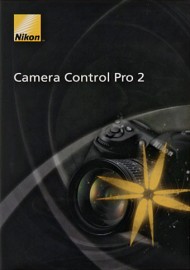
Nikon released firmware update for the Nikon 1 V3 mirrorless camera with support for the Camera Control Pro 2 v2.22.0 software, allowing the following operations to be performed:
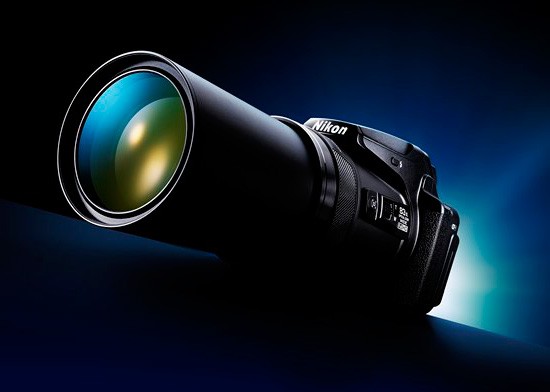
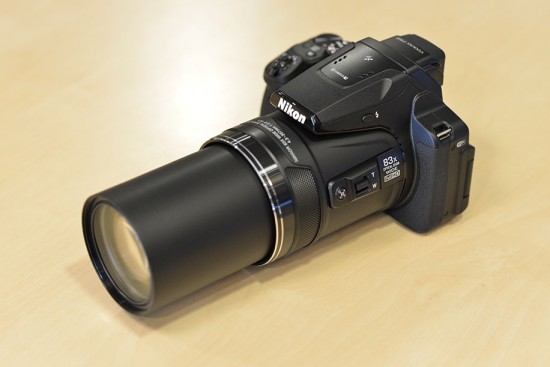

Nikon Japan issues an official apology on their website for not being able to keep up with the demand for the Coolpix P900 camera that has been out of stock for months. Nikon promised to speed-up the production, but did not give a specific availability date.
UPDATE: the Nikon P900 camera is currently in stock at BestBuy.
You can see the 83x zoom capabilities (2000mm) of the Nikon Coolpix P900 camera in this post.

→ White Knight Press has released its newest camera guide book: Photographer’s Guide to the Nikon Coolpix P610: Getting the Most from Nikon’s Superzoom Digital Camera.

→ Topaz Simplify plugin is 30% off till the end of May.
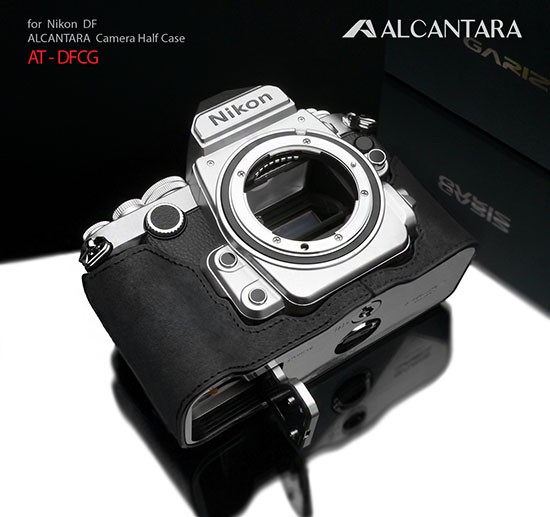
→ New Gariz Alcantara AT-DFCG half case for Nikon Df camera announced.
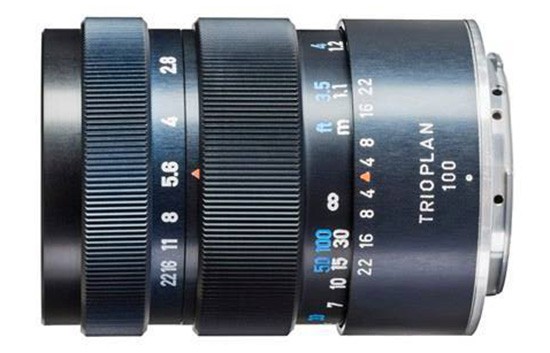
→ New Meyer Optik Goerlitz Trioplan 100mm f/2.8 lens for Nikon mount is coming soon. The company also announced the opening of a new subsidiary in the US – Meyer Optik USA Inc.

→ The Nikon Coolpix P900 is expected to be in stock on… August 3rd.

→ Nikon UK summer cashback offers are now live.

→ The latest Nikon deals (updated weekly):
| Refurbished (US warranty) | Grey market (no US warranty) |
| Nikon D3100: $199.95 Nikon D3100 two lens kit: $269.99 Nikon D3200: $279 Nikon D3300 lens kit: $369.95 Nikon D3300 two lens kit: $519 Nikon D5200: $419.95 Nikon D5300 lens kit: $509.95 Nikon D7000: $499.95 Nikon D2x: $999.95 Nikon D610: $1,149.95 Nikon D750: $1,449 Nikon Df: $2.249.95 Nikon D800: $1,899 Nikon D800E: $1998.88 Nikon D4s: $5,549.95 Nikon 70-200mm f/4G: $1,199.95 Nikon 50mm f/1.8G: $179.96 | Nikon D7200: $899 Nikon Df: $2,2249.95 Nikon 24-120mm f/4G lens: $579 |
| Full US warranty |
| Nikon WP-N1 waterproof housing for J1: 96.95 ($650 off) Nikon D3300 two lens kit + free wireless adapter: $596.95 Nikon D610 with free MB-D14 grip at Adorama & B&H Nikon D750 with free 12 months CC subscription Nikon D750/D610 with free Shure VP83 microphone Nikon Df with free GP-1A GPS & WU-1a wireless adapters Nikon D810 with 24-120mm f/4 lens is now $900 off Sigma 50mm f/1.4 Art lens: $799.99 Sigma 35mm f/1.4 Art lens: $769.99 |